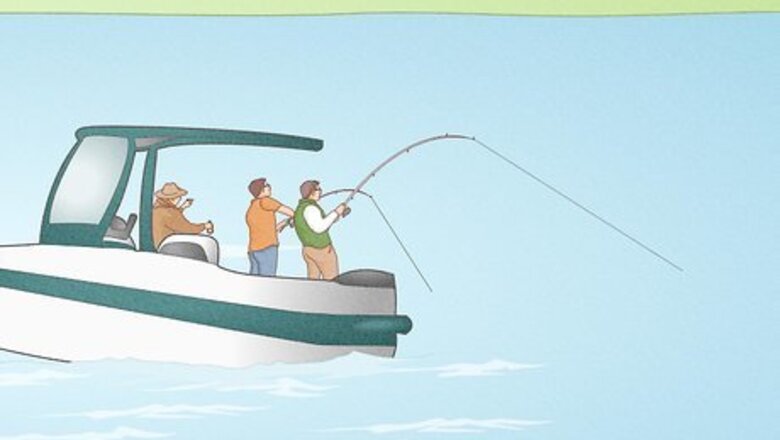
views
Entering Tournaments
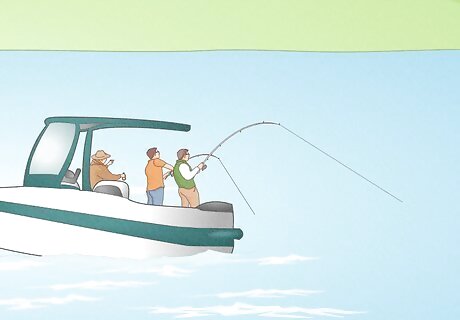
Start as a co-angler to gain tournament experience. Many tournaments require you to have a boat to enter, but as a co-angler, you’ll compete in another fisherman’s boat as part of their team. While you’ll still have to pay an entry fee, it won’t be as expensive and you don’t need to have your own boat. Look for tournaments in your area and pay the fees to register as a co-angler. During the tournament, work with the angler you’ve been matched with to help them succeed. Observe their techniques and ask questions so you’re able to learn more from them. You’ll usually need to bring your own equipment, such as rods, reels, and lures. Each tournament has its own regulations and requirements for you to enter, so be sure to read through them before you register. Try to use the same type of bait as the lead angler, but choose a different color so it doesn’t get too confusing.
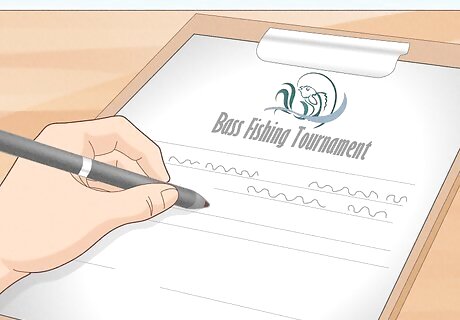
Sign up for tournaments hosted by local fishing clubs. Odds are, the fishing club you joined in your area hosts its own tournaments on local waters you already know. Visit the club or look up the tournament dates online so you have time to register and prepare for them. Some tournaments may have specific rules and requirements for the types of boats you can use or the size limits for fish, so be sure to read through all the qualifications carefully. If your local fishing club doesn’t host its own tournaments, reach out to tackle shops or other anglers in the area to see if they know of any.
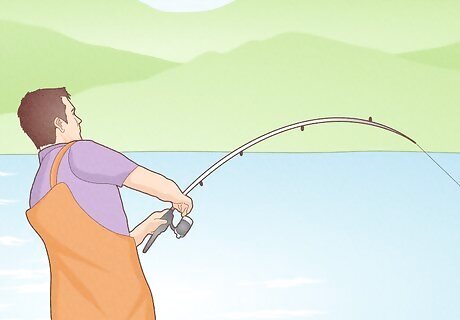
Practice on the water before the tournament. Many times, you’ll be given a few practice days on the water so you familiarize yourself with the area. Try out a variety of baits and spots so you can find the areas where fish bite the most. Make sure you write down the conditions, location, and baits you were using whenever you catch a fish so you can keep track of it. Remember that other anglers may fish in areas that you find. Make sure you find a few different spots and know which conditions to look for if you need to move.
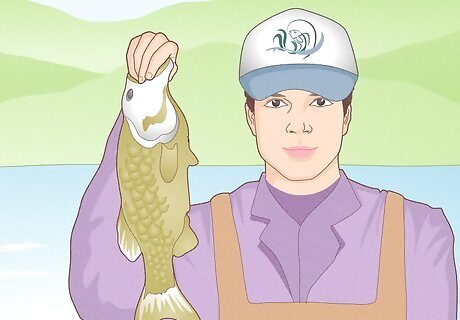
Enter in larger tournaments after you regularly place in local competitions. Pro tournaments attract some of the best fishermen, so only register if you’ve consistently placed and earned money on the local level. That way, you’ll be more experienced and have a better shot. Professional circuits travel to different lakes all around the country and world, so see if they’re coming anywhere close to you so you don’t have to travel as far. If you want to fish in freshwater, some popular tournament circuits you can check out include Bassmaster, American Bass Anglers, BFL, Masters Walleye Circuit, or the National Walleye Tour. For saltwater fishing, try checking the Elite Fishing League or Fishing League Worldwide For tournaments for specific species of fish, just try searching for the name of the fish plus the phrase “tournament” to see if there are any events near you. Don’t feel pressured or rushed to jump into professional tournaments if you can’t afford them. It can take a bit of time and practice before you feel comfortable competing in them.
Landing Sponsorships
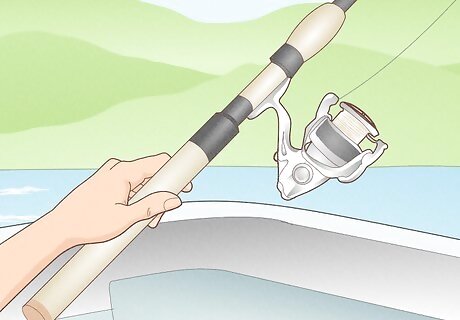
Choose brands that you fish with regularly as potential sponsors. Many companies that make fishing products offer tournament sponsorships with either cash payouts or free products. In exchange, you’ll normally have to promote or sell the brand that gave you sponsorship. Take note of the products that you already use each time you go fishing and write down the brands. These can include brands for your rods, reels, baits, boat, or motor. Since you’re already using the product, you’ll be able to advocate for it better. Avoid seeking sponsorships from brands you don’t use since you won’t be able to talk about them as knowledgeably.

Send inquiry emails to the companies to seek sponsorships. Try reaching out directly to the company to start a partnership. Look for the sponsorship page on their website or fill out their contact form. Rather than asking how you can help sponsor the company, tell them what you’re able to do for them for promotion. Clearly state what you expect in return, which could be free or discounted products or monetary payment. In the email, ask if there’s a specific contact you can reach out to so you can make a more personal connection. You may need to reach out multiple times to hear a response back from the brand. You can even connect with local businesses to see if they’re able to promote you.
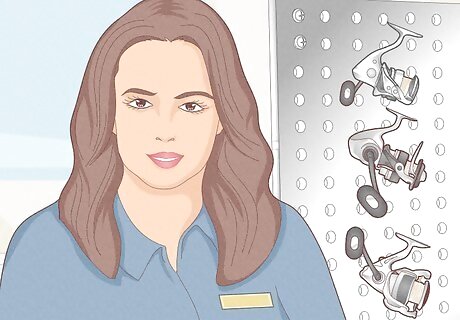
Connect with a local sales rep for the brand. If you can find their information, reach out to the sales representative and let them know you’re interested in a sponsorship. Be genuine with them and work toward building a good relationship with them. Show that you’re really passionate and knowledgable about their products so they’re more likely to consider you. Even if they don’t say yes, thank them for the consideration and ask how you can still help out with the brand if possible. If you’re perseverent and show you’re passionate, then they may come back to sponsor you.
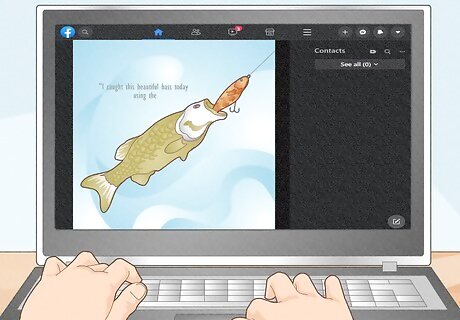
Promote the brands you’re using on social media. If you’re already using the brand, share your experiences with their products online to give them publicity. Try uploading pictures of fish that you’ve caught and write down what equipment you used to catch it. Be sure to tag them or link to their products so other fishermen can find them. If a brand sees that you’re driving up their traffic, they may be more likely to offer you a sponsorship. For example, you can say something like, “I caught this beautiful bass today using the Carbon Shad Rap lure from Rapala. I’ve never felt a fish strike my line so hard!”

Talk about the company’s products at trade shows and public speaking events. While sponsorships sometimes mean free products, you may have to do more than just use their items and wear their logo. Depending on the sponsorship deal, you may have to sell products at trade events, give speeches, and do additional work between tournaments. Make sure you follow through with all of the events so you don’t lose your sponsorships.

Keep your day job at the start so you’re safe financially. You may not realize it right away, but fishing in tournaments can be extremely expensive. You’ll need rods, reels, lures, and a boat to even start fishing tournaments, and that’s not including travel expenses, maintenance, or entry fees. In a year, it can cost up to $100,000 USD to compete in professional-level tournaments and maintain all of your equipment. Budget really carefully and make sure you have enough money to realistically start competing. If you don’t have enough, then you may need to take some time to keep saving. Fees could cost you around $1,000–2,000 USD per tournament, but they’ll vary depending on the location and who’s hosting it.
Honing Your Fishing Skills
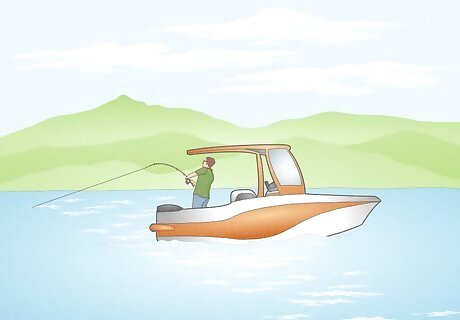
Spend as much time fishing as you can. If you want to master your craft, the only way you can improve is by going out and doing it. It doesn’t matter if you’re on a boat or just casting from the shore as long as you’re putting in the time to fish. If you live close to the water, try to go fishing for a little while each and every day so you get the most experience.
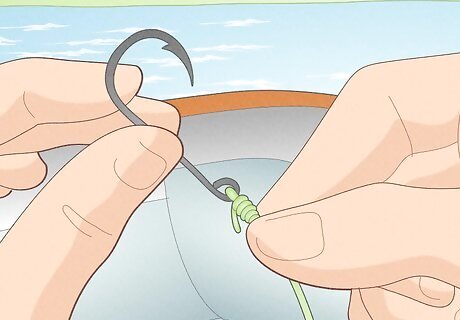
Work on improving how you tie lines and baits. Odds are you’ll probably have to cut and tie your lines while you’re out fishing, so you’ll want to practice knot-tying frequently. Some knots you’ll want to focus on include a standard fisherman’s knot, a Palomar knot, and a Snell knot. Keep practicing your knots until you’re able to do them quickly from memory. Practice tying knots while you’re out fishing as well as at home so you’re used to making adjustments no matter the weather condition.
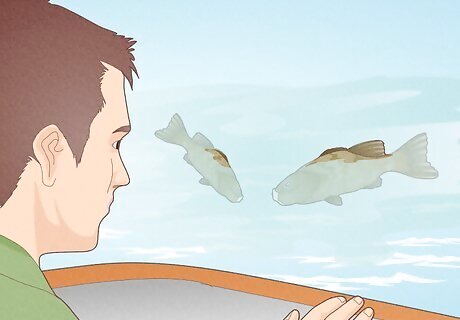
Study the habits and patterns of the species you’d like to catch. Every species of fish has different behaviors and preferences, but they can be pretty predictable. While you’re out fishing, pay attention to where you find schools of fish in the water. Note the temperature, weather, depth, and water conditions at the time so you can keep track of them. Some of the most common species fishermen catch professionally include largemouth bass, smallmouth bass, and walleye, but you can usually find competitions for most species. Try to go out in a variety of conditions since it could change how the fish behave. While some fish are more active on cloudy days, you may catch others when there’s clear weather. Research the fish online as well so you can see what other anglers have noticed.
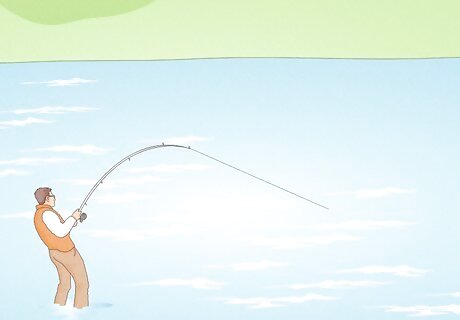
Familiarize yourself with your local lakes and bodies of water. Every angler has a “home” lake or spot that they consistently fish from, so pick someplace that’s near you to continually practice from. Spend a lot of time on the water and mark down spots where you’ve consistently caught a lot of fish. As you spend more time in your local waterways, you’ll build up your confidence and perform better in local competitions. Talk to other anglers in your area to get tips and recommendations for new spots to try. If you don’t consistently catch fish on your home lake or body of water, it’ll be really hard to find fish in unfamiliar waters.
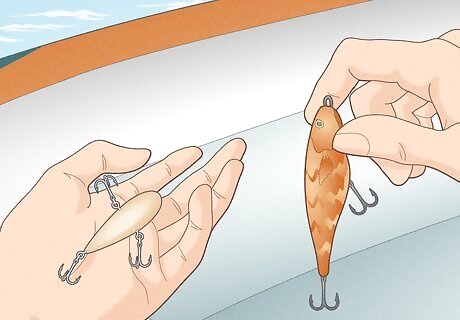
Try a variety of baits and lures to see what gets the best results. It might feel overwhelming with how many lures are available, but fish might respond to them differently each day. When you put a new lure on your line, keep track of how many fish strike your line and how big they are. Try out different shapes and colors to see which ones make fish respond the most. As you learn which bait and lures the fish prefer, keep them in a separate tackle box so you can find them easily later on. As a rule of thumb, if you don’t get hits or catch anything for 10 minutes, try a different lure.

Join a fishing club in your area to meet other anglers. Search online or ask local tackle shops to see if there are any local clubs that you can join. Some clubs will focus on catching a single species while others may concentrate on a variety. When you join the club, reach out to the other fishermen to talk about your experiences and share tips with each other. Fishing clubs usually have a yearly membership fee. Make sure you return the favor by offering tips and tricks you’ve learned along the way. If you don’t have a fishing club in your area, you can start one yourself!
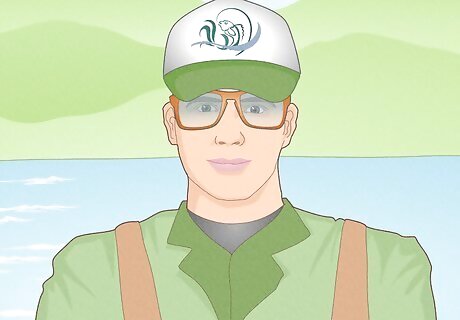
Look for a mentor or fishing instructor in your area. While you can try going out fishing alone, you may not even realize if you’re doing something wrong. Talk to the people at your local fishing club or at tackle shops to see if they know anyone who can help you. You can also just reach out to a friend or family member that’s more experienced than you. Pay close attention to what they do on the water and ask any questions you have for them. Try to fish with as many different anglers as you can since they may all teach you new techniques or tips.



















Comments
0 comment